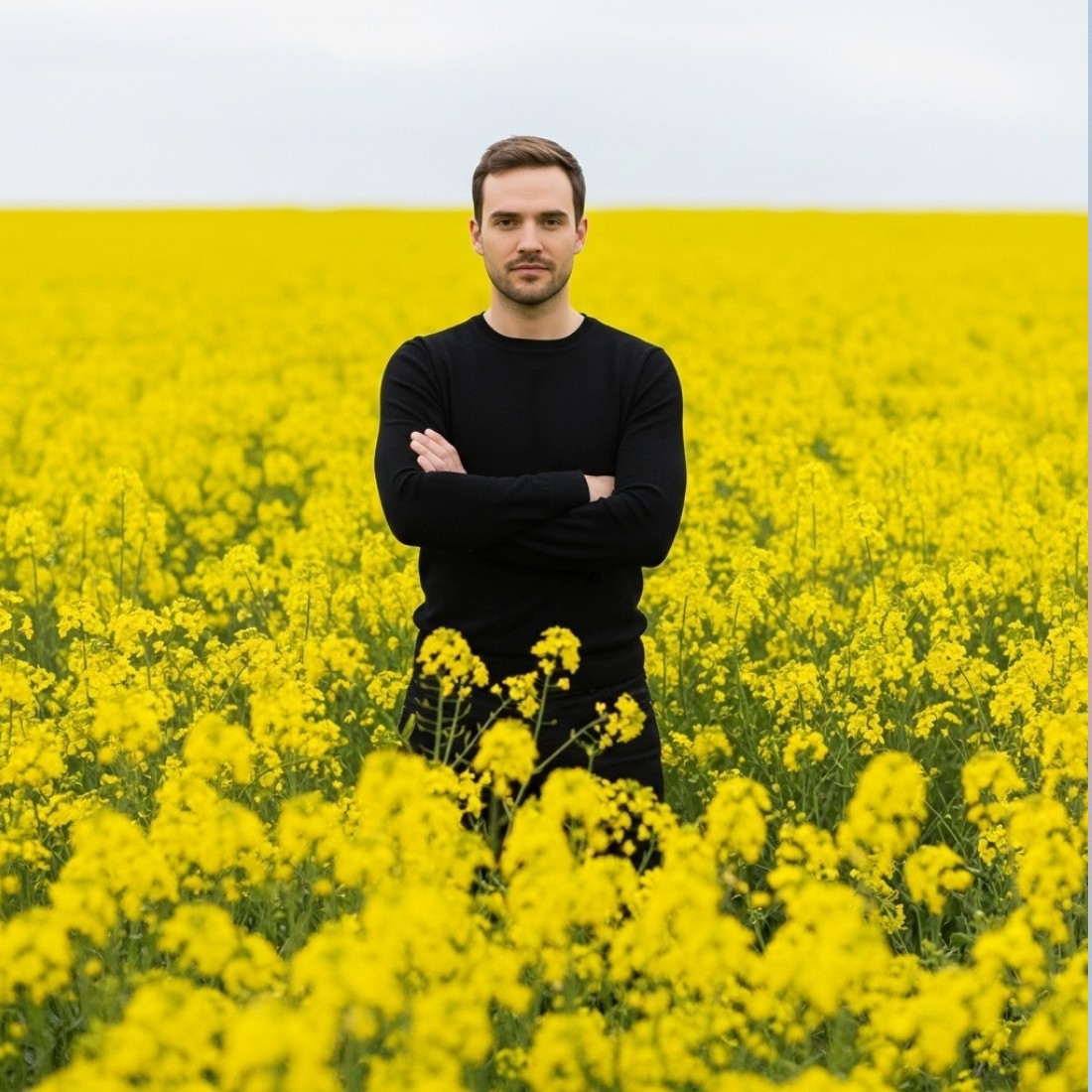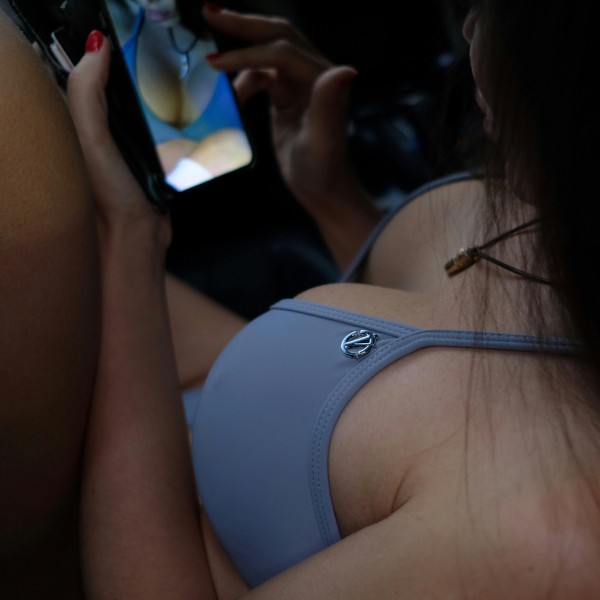



impossible to
possible

LucyBrain Switzerland ○ AI Daily
AI Visual Content Revolution: How Midjourney, Google Imagen & DALL-E Are Transforming Advertising & Creative Marketing (2025 Guide)
June 16, 2025
By TopFreePrompts AI Consumer-Research Team
June 16, 2025 • 6 min read
The advertising and creative industries are experiencing a fundamental transformation as AI image generators mature from experimental tools into essential business assets. Major brands, agencies, and solo creators are discovering new ways to approach visual content creation that were simply impossible just two years ago.
AI image generation platforms have reached a level of sophistication where the output quality rivals traditional photography and graphic design for many applications. The real revolution isn't just in the technology itself—it's in how creative professionals are reimagining their workflows and expanding what's possible within typical project budgets and timelines.
The Leading AI Visual Platforms and Their Strengths
Midjourney has established itself as the go-to platform for artistic and stylized imagery. Its strength lies in creating visually striking content with consistent aesthetic qualities that work exceptionally well for brand storytelling and emotional marketing campaigns.
Google Imagen focuses on photorealistic accuracy and technical precision, making it particularly valuable for product visualization and situations where accuracy matters more than artistic interpretation.
DALL-E (including ChatGPT's integrated version) excels at text integration and understanding complex prompts, making it ideal for marketing graphics that need to combine imagery with typography and messaging.
Each platform serves different creative needs, and many professionals are adopting multi-platform strategies to leverage the unique strengths of each tool.
Practical Marketing Applications
Social Media Content Creation
AI generators excel at creating scroll-stopping social media visuals. The ability to generate multiple variations of the same concept allows brands to test different visual approaches and maintain aesthetic consistency across campaigns without the traditional constraints of photography schedules and budget limitations.
Content creators can now respond quickly to trending topics, generate seasonal variations of core visual themes, and create platform-specific content optimized for different social media formats—all within the same day rather than waiting weeks for traditional production cycles.
Product Visualization and Lifestyle Marketing
E-commerce businesses are using AI to create product lifestyle shots that would be expensive or impractical to photograph traditionally. Instead of coordinating complex photo shoots for every product variation, season, or marketing angle, businesses can generate professional-quality product imagery that shows items in various contexts and environments.
This is particularly valuable for businesses with large product catalogs, seasonal items, or products that are difficult to photograph in traditional settings.
Campaign Concept Development and Creative Exploration
Creative teams are using AI generation during brainstorming and concept development phases. Rather than relying solely on mood boards and verbal descriptions, teams can quickly visualize campaign concepts, test different creative directions, and communicate ideas more effectively to clients and stakeholders.
This visual exploration capability accelerates the creative process and allows for more thorough testing of concepts before committing to expensive production resources.
Personalized and Localized Marketing Materials
AI enables the creation of marketing materials customized for different demographics, geographic regions, or market segments. Brands can generate location-specific imagery, culturally relevant visuals, or demographic-targeted content while maintaining brand consistency across all variations.
Strategic Implementation Approaches
Building Your AI Visual Content System
Successful implementation starts with identifying your most frequent visual content needs and highest-impact applications. Most businesses benefit from focusing on social media assets, email marketing graphics, and web content before expanding to more complex applications like print advertising or video thumbnails.
Establishing clear brand guidelines that translate effectively into AI prompts ensures consistency across generated content. This includes defining color palettes, visual styles, composition preferences, and brand elements that should appear in generated images.
Platform Selection Strategy
Choose AI platforms based on your specific content needs rather than trying to master every available tool. Consider your primary use cases: artistic brand imagery, photorealistic product shots, text-heavy graphics, or technical illustrations.
Many successful creative teams use a combination approach—one platform for artistic content, another for photorealistic needs, and a third for text-integrated graphics—rather than trying to force a single platform to handle every requirement.
Quality Control and Brand Consistency
Develop prompt templates that include your brand's visual elements, style preferences, and quality standards. Create review processes for AI-generated content, especially for customer-facing materials and important campaigns.
Remember that AI-generated content should enhance and accelerate your creative process, not replace strategic thinking about brand positioning and message development.
Cost and Efficiency Considerations
Traditional photography and graphic design remain expensive and time-intensive for many marketing applications. Professional product photography sessions often require significant planning, coordination, and budget allocation that may not be justified for every piece of marketing content.
AI generation offers immediate cost advantages for content that would otherwise require professional creative services, but the real value lies in the speed and iteration capabilities that enable more thorough creative exploration and faster response to market opportunities.
The technology allows businesses to generate more content variations, test more creative approaches, and respond more quickly to trending topics or seasonal opportunities without the traditional barriers of budget and production scheduling.
Current Limitations and Professional Workarounds
AI image generators still struggle with precise brand consistency, complex text integration in certain contexts, and specific product details that require exact representation. Professional implementation often involves hybrid workflows that combine AI generation for base imagery with traditional design tools for final brand elements, precise typography, and quality assurance.
Legal and copyright considerations around AI-generated content continue evolving. Best practices include maintaining documentation of the generation process, avoiding prompts that reference copyrighted material, and understanding the usage rights associated with each platform.
Integration with Existing Creative Workflows
The most successful AI implementation strategies integrate generation capabilities into existing creative processes rather than replacing entire workflows. Many teams use AI for rapid concept development and exploration, then apply traditional creative skills for refinement, brand alignment, and final production quality.
This hybrid approach combines the speed and creative exploration benefits of AI with the strategic thinking, brand expertise, and quality control that professional creatives provide.
Future Implications for Creative Professionals
The role of creative professionals is evolving rather than disappearing. Designers, marketers, and creative strategists who master AI tools can produce more content, explore more creative directions, and focus more time on strategic creative decisions rather than execution tasks.
Video generation capabilities are advancing rapidly, suggesting that motion graphics, video advertising, and animated content will experience similar transformation within the coming years.
Getting Started: Practical Implementation Steps
Begin with a specific content category rather than attempting to revolutionize your entire creative process immediately. Social media imagery, email marketing graphics, or blog post illustrations provide good starting points with measurable impact and manageable scope.
Invest time in learning effective prompt engineering for your chosen platform. The quality difference between basic and sophisticated AI-generated content lies primarily in prompt strategy and understanding each platform's strengths and limitations.
Consider starting with our comprehensive Midjourney prompts collection to learn advanced techniques, or explore our complete AI tools directory to compare platforms and find the best fit for your specific needs.
For businesses looking to integrate AI into broader marketing strategies, our marketing and advertising prompts libraryprovides tested frameworks for various creative applications.
Building Your AI Creative Strategy
Success with AI visual content requires strategic thinking about where the technology provides the greatest advantage: speed, cost efficiency, creative exploration, and scalability. The goal isn't to replace human creativity but to amplify it and remove traditional barriers to creative execution.
Start by auditing your current visual content needs, identifying bottlenecks in your creative process, and testing AI solutions for specific applications where you can measure clear improvements in efficiency or output quality.
The advertising and creative industries are at a pivotal moment. AI visual content generation offers unprecedented opportunities for businesses willing to thoughtfully integrate these capabilities into their creative strategies while maintaining focus on brand strategy, message development, and audience connection.
For comprehensive guidance on implementing AI tools in your creative workflow, explore our complete prompt librarywith tested templates for every major AI platform and creative application.



